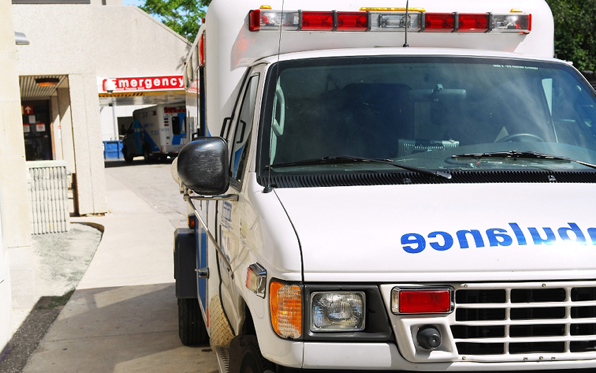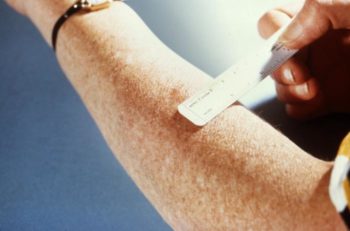Thirty years ago, the rate of preventable trauma deaths in San Diego County was 21 percent. Today, the figure is less than one percent.
What is helping to save so many lives? The San Diego County Trauma System, a successful public-private partnership between the County of San Diego and six designated Trauma Centers.
County officials and representatives from the health care community will celebrate 30 years of saving lives at a special celebration today at the Manchester Grand Hyatt.
“The San Diego County Trauma System has saved thousands of lives and continues to prevent deaths from traumatic injury,” said County Supervisor Ron Roberts, who will present a proclamation to the Trauma System. “The Trauma System has proven to be a vital resource for our communities.”
The San Diego County Trauma System was one of the first coordinated, multi-center trauma systems established in the United States, and remains a nationally recognized model. In fact, a person who sustains a life-threatening injury in San Diego County is twice more likely to survive than if the injury happened in practically any other part of the U.S.
A traumatic injury refers to physical injuries of sudden onset and severity which require immediate medical interventions to save life and limb. Traumatic injuries could result from motor vehicle crashes, sports injuries, falls, natural disasters and a many other physical injuries.
The local Trauma System serves all of San Diego County and receives many patients from Imperial County hospitals. It is made up of the following six trauma centers:
- Palomar Medical Center
- Scripps Memorial Hospital-La Jolla
- Scripps Mercy Hospital-Hillcrest
- Sharp Memorial Hospital
- Rady Children’s Hospital
- UC San Diego Medical Center
In the past 30 years, about 250,000 injured patients have received vital trauma care in the region.
The County Health and Human Services Agency’s (HHSA) Emergency Medical Services (EMS) triages patients to one of the six centers based on a number of factors, including geographic proximity. Whether arriving by ambulance, helicopter or on foot, critically injured people are rapidly assessed and the coordination of trauma care begins.
“A trauma victim’s chance of survival depends on immediate response,” said Nick Macchione, director of HHSA, which oversees EMS through the Public Health Services division. “The San Diego County Trauma System has been a great success because of the dedication and many years of hard work from the surgeons, nurses and staffs of the Trauma Centers, as well as the pre-hospital and base hospital personnel, and staff of EMS.”





